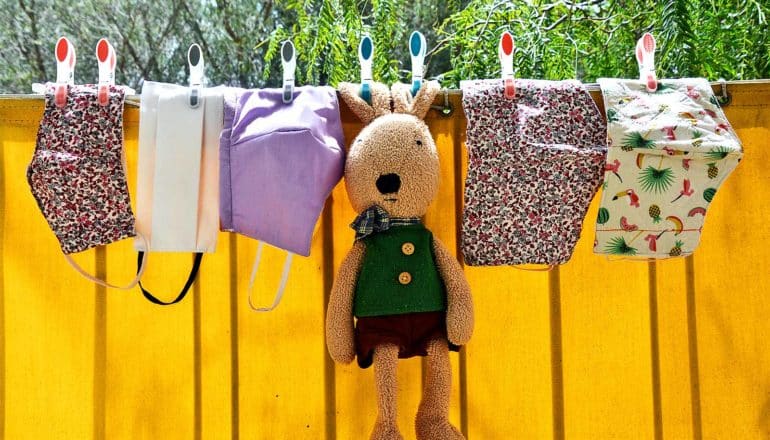
Doing the laundry is one of the way we maintain a clean and healthy household, but with the ongoing COVID-19 pandemic and cold and flu season right around the corner, is a standard wash enough?
The soiled laundry in our hampers can be contaminated with all sorts of germs, including bodily fluids and food debris, which can be a source of pathogenic bacteria, fungi, and viruses.
Environmental microbiologists and public health researchers at the University of Arizona recently reviewed what we know and the science surrounding laundry best practices.
“We really wanted to approach it analytically, using a quantitative microbial risk management approach,” says Charles Gerba, an environmental microbiologist in the College of Agriculture and Life Sciences. “What’s the process and what’s really important? There really hasn’t been a lot of scientific guidelines or best practices put together for how to safely tackle household laundry.”
“Most studies on how laundry practices kill germs are based on European wash conditions where higher water temperatures and longer wash cycles are common. Hot water washes, however, use a lot of energy and can damage many of today’s fabrics,” says Kelly Reynolds, professor and chair of the department of community, environment, and policy at the Mel and Enid Zuckerman College of Public Health. “We were interested in evaluating whether the more common North American practice of using cold or warm water temperatures was sufficient.”
Here, Reynolds and Gerba sort through a laundry list of questions, including how long germs can survive on garments and the best safe handling procedures:
The post How to do your laundry and not get sick appeared first on Futurity.
from Futurity https://ift.tt/2GBsFdV
No comments:
Post a Comment